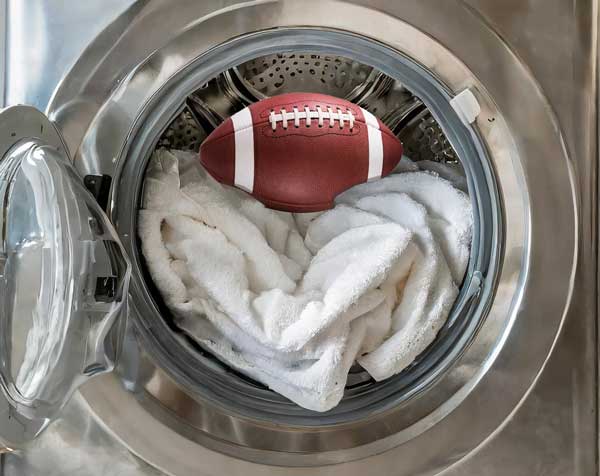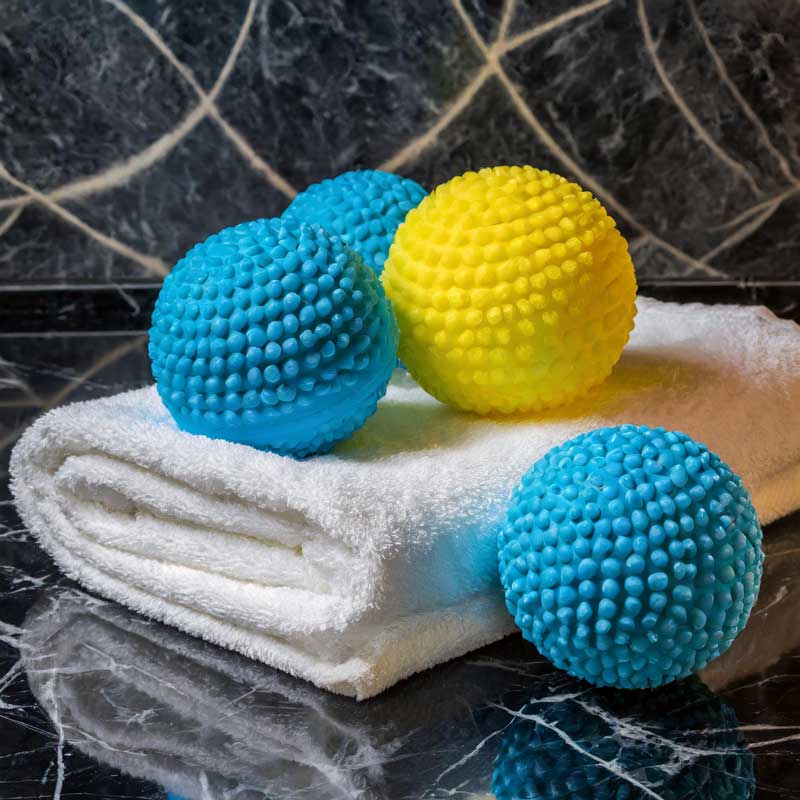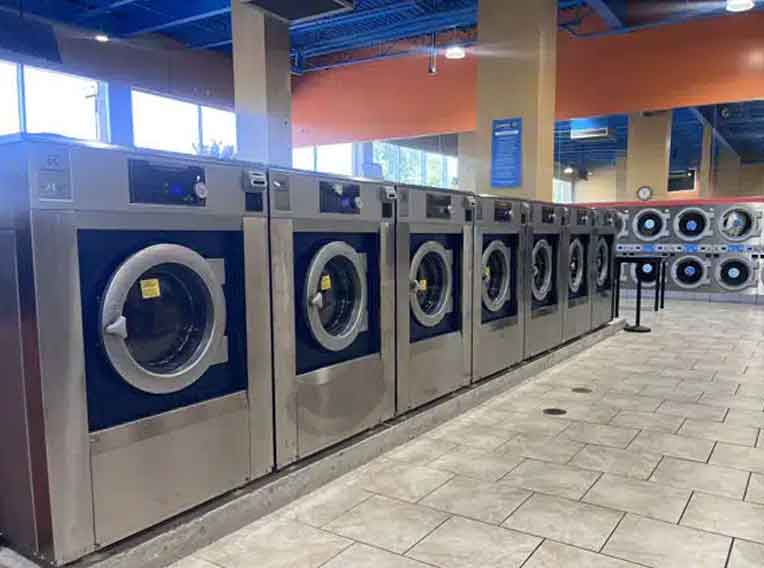Comforter Cleaning in Four Easy Steps
When you spend money on a comforter, you need to know how to properly handle the comforter cleaning. Use these four easy steps to keep your duvets, pillows and comforters looking like new for years to come.

Choose the Correct Appliances – Step 1
The most important step is to select the right size equipment for your bedding. As a matter of fact, most people wash and dry their bedding in equipment that is too small. Keep in mind that most homestyle washers and dryers aren’t made to handle these overstuffed items. Oftentimes resulting in damage to both the bedding and equipment.
A properly filled, front-load washer should be able to easily fit a football on top of the items inside. Meanwhile, the wet laundry in a properly filled dryer will allow you to see half of the air holes in the back. If your laundry doesn’t fit, don’t risk it. Instead, try a washer and dryer at a local laundromat. They have large commercial washers and dryers that are designed specifically for these tasks.

Use a Tennis Ball When Comforter Cleaning – Step 2
Yes, tossing a tennis ball into the washer and then the dryer will help the bedding maintain its fluffiness. It also helps the load to stay balanced, which will in turn give you a better wash and dry. We recommend 1-3 NEW tennis balls (Not the one the dog uses.) or you could use dryer balls.
Follow the Manufacturer’s Directions – Step 3
Always read the tag, and follow the wash and dry instructions. We also recommend that you read the label before you buy any new items. You don’t want to get stuck with bedding that you can’t sanitize, or thoroughly wash, when flu season rolls around. Look for materials that can be washed with heat to aid in sanitizing. However, if you prefer cold water wash then only use that bedding for display purposes. No vomit or bodily fluids should get onto this bedding or you won’t be able to sanitize it as thoroughly.
Use the Correct Amount of Chemicals – Step 4
Laundry detergent and softener in excess will build up on your bedding and ultimately shorten the life of the fabric. Be sure to read the label on the detergent, pre-treaters, and softeners so that your fabric will last longer. Extra rinse cycles can also be a benefit in helping to remove excess soap from the fabric before you heat it up in the dryer. When washing bedding for storage, don’t use a fabric softener as it can cause the material to yellow with time.
By following these four easy steps your bedding should last for a long time. Many local laundromats offer laundry services too. They can do your laundry for you so you can rest easy for years to come.


